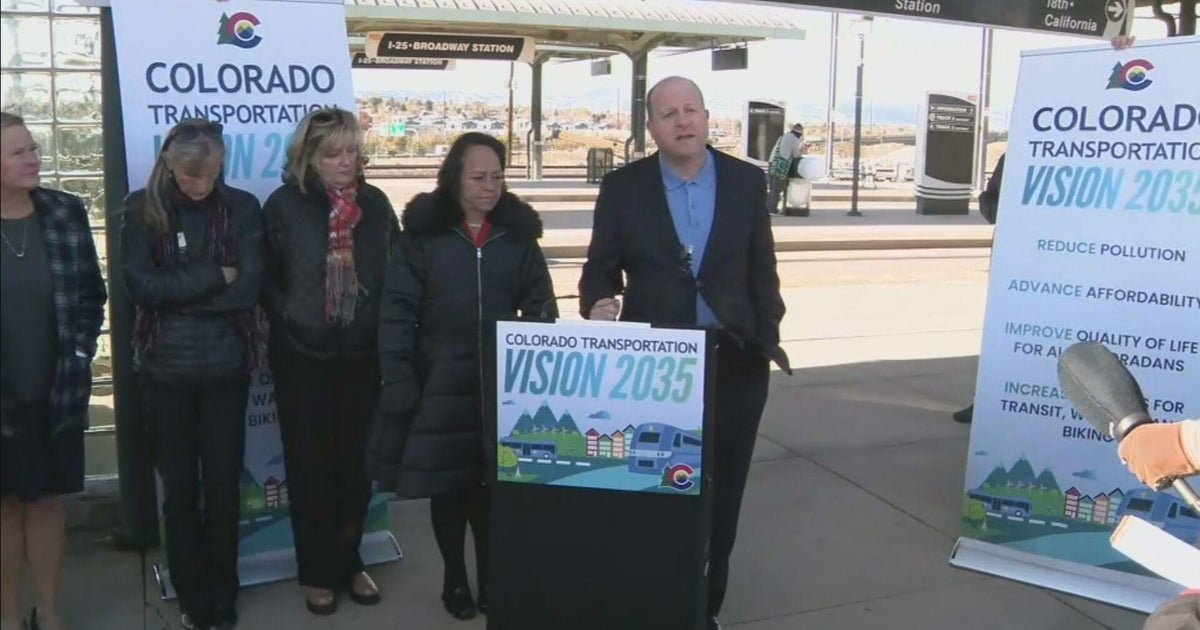Some Colorado school leaders say governor's budget hurts some districts disproportionately
Some school districts are pushing back on Gov. Jared Polis's budget plan for next year.
At issue is how the state would manage student counts, and educators say the proposed funding formula will hit many districts especially hard.
Adams 12 Five Star Schools Superintendent Chris Gdowski says funding schools based on multi-year enrollment averages takes the sting out of enrollment declines.
The governor is proposing eliminating those averages and using current year student counts to fund next year.
"It moderates it a little bit so that you're not losing as much funding as if you go immediately to how many kids you have enrolled right now," said Gdowski. "But going from four years to zero is just extreme pain for lots of us. It's almost a $14 million reduction for Adams 12."
For a district of 35,000 students, cutting $14 million will hurt.
Gdowski explains that local mill levy overrides give some districts disproportionate advantages. Adams 12 ranks near the bottom of 15 Denver metro area districts in how much it's able to raise for schools through local property taxes.
"And so if you're taking a $14 million hit, we could be in a spot that you're in these really difficult places of saying we can't do any compensation increases, and we have to increase class size, and we have to reduce programming. Just to balance our budget," said Gdowski.
In a statement from the governor's office says: "Governor Polis is committed to protecting Colorado's historic investments in education and that's exactly what this budget does, including once again increasing per pupil funding for schools around the state. We will continue working to ensure our students and educators have the resources they need to thrive. The changes outlined in this proposal would bring Colorado in line with the rest of the country and help fund students where they are. Colorado remains a complete outlier when it comes to using a pupil count from three years ago to fund this year's students. 41 states don't fund where students are in prior years and only fund their current year. In a tight budget environment, it is important that we fund actual students where they are. This also ensures we do not have to ever bring back the budget stabilization factor that we eliminated last year and can also deliver on the new funding from the new school finance act passed last year and build on it over time to better fund our schools."
Thunder Vista P-8's second grade teacher Kaitlyn Tennant is following the budget debate and worries about the impact on her students.
"I totally understand where you need to have money elsewhere, but taking it from places like schools that you believe so highly in, especially in Colorado, that's been the governor's statement that he believes in education," said Tennant.
Gdowski is urging lawmakers to find a better way to balance the budget.
"Our immediate focus has been reaching out to members of the Joint Budget Committee and others in the legislature, just to bring awareness to what this would mean for us and for a lot of other districts in the state," added Gdowski.
Tennant said, "Taking money from the schools that need it, especially now, is really hard, so I really hope they can find money so that I don't have to teach 35 kids next year."
The Joint Budget Committee will take up school finance during a hearing on Dec. 5.






